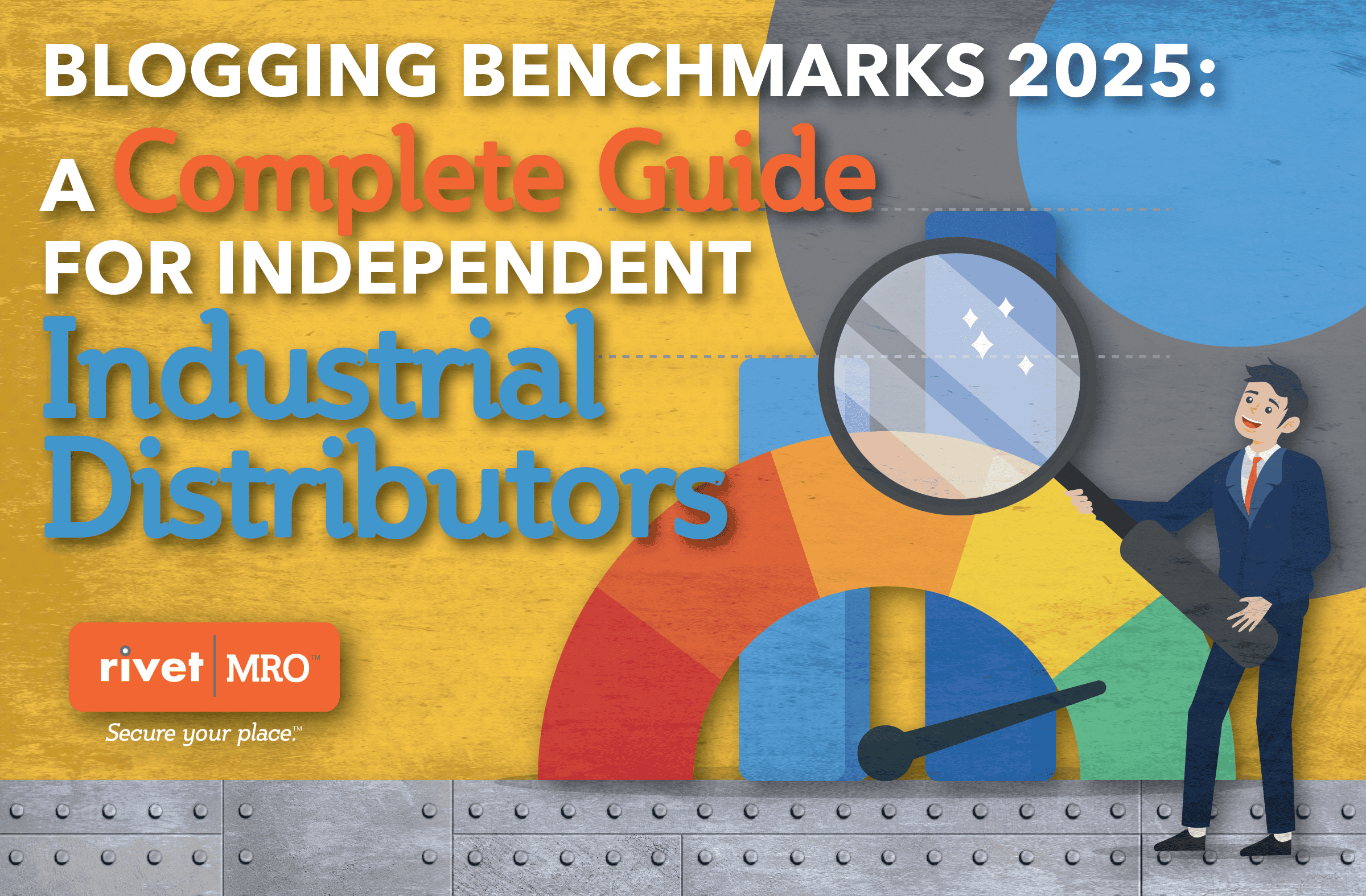PART 4 OF 6.5
Author’s note: IndustRetail blog is exploring the Six-and-a-half Steps to Mastering the Lost Art of Differentiation. The first article examined the first step—identifying your key targets. The second article looked at what makes you different. The third explored competitive influences. This is the fourth article in the series.
You aren’t your competition. And vice versa.
Not exactly a news flash—so now what? If you’ve been following this blog –and if you’ve been following my advice—you’ve been doing your homework. You’ve done the whole introspective bit and looked in the mirror. You have a decent self-understanding. Ditto for your competition. Now you have to take all that hard-earned research, distill it, organize it and set it side-by-side.
I’m going give you two methods by which to analyze the information you’ve collected. I’ve used them both. The first is a simple, self-guided method that you can do yourself. The second—and the method I highly recommend—is a team-based exercise that is substantially more analytical.
METHOD 1: BEN FRANKLIN T-DIAGRAM
You can do this on your own with a tool similar to a Ben Franklin Diagram. If you’re not familiar, Franklin would suggest this method for weighing pros and cons in decision making. Likewise, you can use it to identify similarities and differences.
Before you start the process go through your research and highlight key points to make them easier to reference. Or, if you prefer, distill your notes into bullet points or an executive summary. Then, placing them side by side for easy reference, begin your comparison.
Draw a Franklin T-Diagram, listing Similarities on the left and Differences on the right. Sift through your research and candidly categorize your findings. Then weight the importance of each of those factors from 1 to 10, as all factors are not equally important. The totals of the weighted numbers on each side of the diagram will give you a rough idea of how differentiated your business is. If the left-hand column is higher, you’re not differentiated, if the right-hand column is higher, you are.
If your business is a distributorship—and if you are being completely honest with yourself*— my guess is that your comparison will be heavily weighted to the left-hand side of the sheet. Not to worry. There will be some differences. We can work with those!
*You can’t be completely honest with yourself. You just can’t. If I’m being honest with myself, I’m not even sure why I put the T-Diagram option in as an option. It’s fraught with disaster because we’re biased creatures. The T-Diagram is a great way to peek at preliminary results, but don’t rely on it. If you value your business, you’ll do the hard research I’ve prescribed in my previous posts. And, if you value that research you’ve worked so hard to gather, you’ll keep reading.
If you’re heavily invested in the process of differentiation, (pardon me while I wipe the tear from my eye) Ben’s T-Diagram is not robust enough for you. You need to involve more people from the far reaches of your organization, after all you engaged them in your competitive research. (Right?)
If you’re heavily invested in the process of differentiation, (pardon me while I wipe the tear from my eye) Ben’s T-Diagram is not robust enough for you. You need to involve more people from the far reaches of your organization, after all you engaged them in your competitive research. (Right?)
METHOD 2: K-J ANALYSIS
If that’s you, you may want to consider performing a variant of a K-J Analysis or Affinity Diagram Exercise. This is a group decision-making process that allows individuals to collectively review data, often much of it subjective. This process will give your team a quick way to objectively review the information you collected, organize it, prioritize it and determine the most important aspects of your competitive differences.
I would encourage you to explore how to run an effective K-J Analysis on your own*, but here’s a simple run-down on how to apply the process:
MATERIALS: Research note copies, Post-It Notes (2 different colors), pens, whiteboard or flip chart, marker.
ROOM: Schedule a minimum of 2 hours in a large conference room with lots of blank walls.
- Form a cross-functional team of people throughout your organization who command respect and have meaningful insights. I’d recommend no more than 8-10 and invite them to a 3-hour meeting.
- Distribute all of your research notes to all meeting participants.
- Ask them to review all research notes in detail and write facts from the research on the Post-It Notes, one fact per note.
- When everyone has read through all the research notes and written their facts on Post-It Notes, ask them to them to put the Post-It Notes on the wall in random order. Leave 2 walls empty.
- Give the group time to review all the notes.
- Instruct the group to begin grouping similar items on the empty walls. “Take two items that seem like they belong together and put them next to one another on an empty wall. Then feel free to create other groups and add to them. Continue to add and rearrange until they make sense. Every item has to be in a group, but there may be a few groups with only one or two items. But please—no discussion.” (Discussion at this point can be counterproductive, as group members can sway one another…we’ll build in discussion in at a later point, when bias can be removed.)
- Now break out the second color of Post-It notes. Ask everyone to remain silent and review the groups with the objective of assigning names to them. Have everyone write their name idea on the Post-It Note s them to assign names to each group of Post-It Notes. “Now I want you to take a few minutes and read through each group again, then write down a name or a title for the group and post it above the group with new Post-It Notes I just gave you. As you review the groups, you may come to the conclusion that the group really has two themes. Feel free to separate the groups if you see fit. Likewise, upon further review, you may see two separate groups have the same theme. In those instances, it’s okay to combine them. Give every group a name. Again—NO TALKING!” Then, as the facilitator, based on the group’s input, assign each group a name for the next phase.
- Next, vote on the relative importance of the groups. Again—no talking during this exercise. First, have each participant grab some scratch paper and write down the names of the three most important groups. If they struggle, suggest they write down five and then cross off two.
- Once the participants have written down their top three choices, ask them to rank order them from most-important, to least-important on that same piece of scratch paper.
- Then, once they have rank ordered their groups individually, ask them to record their choices on the category listings on the walls. Let’s assume you used blue Post-It Notes to assign category names. Tell them to go to the blue Post-It that best represents the #1 most important category and put three Xs on it. Then go to the 2nd-most important category and place two Xs on it. And, lastly, place one X on the 3rd-most important category. Again…no discussion.
- Now tally the votes for each category and rank order them. If there are ties or very close scores—you may want to discuss combining categories. Now is the time for discussion. This will be your chance to probe and ask questions of the group.
If you follow this process, it’s a great way to quickly and objectively sift through lots of subjective data and organize it in an objective manner. It filters out individual bias and any political influences that may exist in the organization. And when you include a representational or cross-functional team in the process, an added benefit is the organizational buy-in the process automatically creates!
*If you want help with your K-J Analysis, from organization to facilitation, I’m happy to consult with you.
WHAT’S NEXT?
So, dust off that research you worked so hard to collect and begin your analysis. Work hard to understand what separates you from your key competitors and exploit those differences!
But what if there’s not much that differentiates you, you say?
Oh…you actually went there.
Gulp.
Actually, I wouldn’t really be all that surprised. Like I said earlier, it’s not uncommon in the industrial world, especially among distributors. Think about it. Distributors, by nature, sell pretty much the same things. Your customers ask you to do the same things logistically. So, it shouldn’t come as a surprise that you’re not all that different…
On the surface.
The fact remains that you are different. You have different personalities and priorities. You have different processes and procedures. Different points of view and price points. There is still a unique mix of things that makes you you and different than anyone else you compete with.
The trick is understanding what those things are and identifying why your customers value them. If the processes I outlined above didn’t identify key points of differentiation, I’d ask you to consider a few possibilities:
- Was your research really thoughtful, objective and thorough? If was rushed or contrived, it will lead to a muddled analysis.
- Were your research notes clear and concise? If not, see above.
If your research was flawed, your analysis will be equally flawed. In fact, if your research was flawed, don’t waste your time on the analysis. (As a fresher, read this, if you’re in a hurry, skip to the section, SO…WHAT’S YOUR RIVET?)
So, let’s assume your research was thoughtful, detailed and altogether satisfactory. Your K-J Analysis was successful—and maybe even fun. You now have a thoroughly analyzed and agreed-upon list of differentiators for your business.
Chew on them. Refine them. Package them. Figure out how to best present them in a way to make them uniquely yours and test them with your best customers. Get their feedback on your ideas and tweak them further before you roll them out for public consumption.
Remember, your brand is a living, breathing thing. It evolves. As you learn more about your customers, your competition and your markets, your brand must change to meet their changing requirements. This is an iterative process. Keep your finger on the pulse to ensure a healthy heartbeat. But I digress. After all, that’s the subject of our next IndustRetail blog post.
Until then, here’s hoping that your differentiating efforts are putting you at the head of the pack!
UP NEXT: MAKE SURE IT’S VALUABLE
Tim Rasmussen
Principal
Rivet|MRO
Web Directory Blogging Fusion Blog Directory













